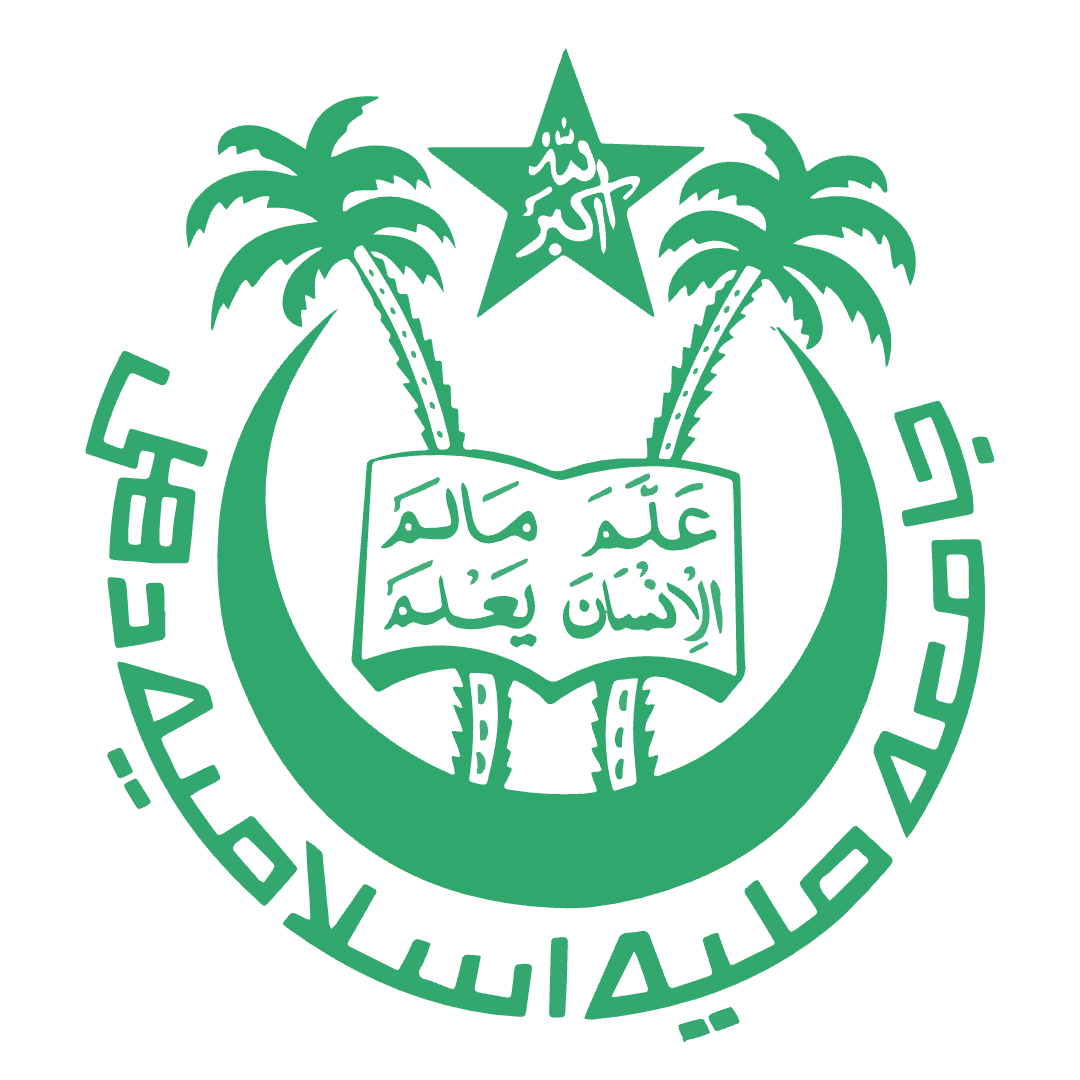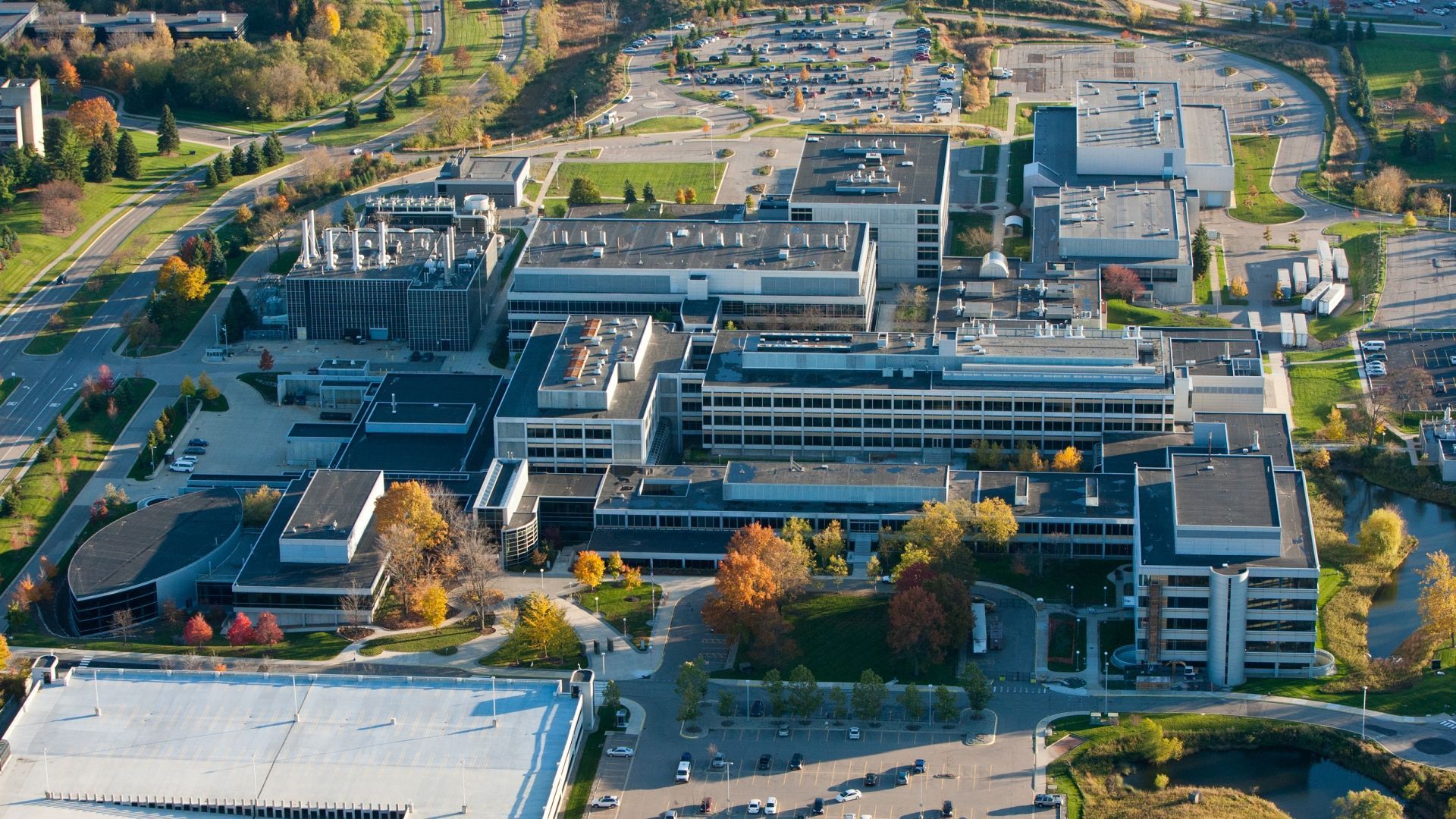
Jamia Millia Islamia

Mufaddal Saifuddin (Chancellor)
Summary
Jamia Millia Islamia, founded in 1920, traces its origins to Aligarh during the British colonial era, later relocating to New Delhi. Spearheaded by influential figures such as Mahmud Hasan Deobandi and Mohammad Ali Jauhar, its journey reflects a commitment to academic excellence and cultural enrichment. Transitioning from a deemed university in 1962 to a central university in 1988, Jamia has garnered widespread acclaim, earning top rankings nationally and internationally. Notably, it secured the prestigious 'A++' rating from the National Assessment and Accreditation Council in 2021. Its standing in the National Institutional Ranking Framework (NIRF), where it consistently ranks among the top institutions in various categories, underscores its multifaceted excellence.
History
Jamia Millia Islamia, originally established in Aligarh, United Provinces, India, in 1920, evolved into a Central University through an act of the Indian Parliament in 1988. In Urdu, 'Jamia' means 'University,' and 'Millia' signifies 'National.' This institution's growth from a modest establishment in pre-independence India to a prestigious central university in New Delhi, offering integrated education from nursery to advanced research, reflects a saga of dedication, conviction, and vision. The founders and supporters of Jamia Millia Islamia, despite numerous challenges, built it "stone by stone and sacrifice by sacrifice," as noted by Sarojini Naidu, the Nightingale of India.
Under British colonial rule, Jamia emerged from the confluence of anti-colonial Islamic activism and the pro-independence aspirations of the politically radical section of Western-educated Indian Muslim intelligentsia. This collaboration was galvanised by Mahatma Gandhi, blending the Khilafat Movement's anti-colonial fervour with the Indian National Congress's non-cooperation movement. The outcome was the establishment of Jamia Millia Islamia, which Rabindranath Tagore hailed as “one of the most progressive educational institutions of India.” Responding to Gandhi's call to boycott colonial educational institutions, nationalist teachers and students, including Maulana Mehmud Hasan, Maulana Mohamed Ali, and Hakim Ajmal Khan, among others, left Aligarh Muslim University to form Jamia.
The Foundation Committee of Jamia met on 29 October 1920, comprising distinguished members like Dr. Mukhtar Ahmad Ansari and Maulana Abdul Bari Farang Mahali. On 22 November 1920, Hakim Ajmal Khan was elected the first chancellor, and Mohamed Ali Jauhar became the first Vice Chancellor, with Maulana Mehmud Hasan laying the foundation stone.
The early years were challenging, with Jamia facing existential threats during the intense political struggle for India’s independence. It actively participated in the Bardoli resolution and sent volunteers nationwide to mobilise support for freedom. However, following Gandhi's suspension of the non-cooperation movement in 1922 and the end of the Khilafat Movement in 1924, Jamia faced a severe crisis. Financial support dwindled, and many began to doubt its future. Yet, resilience prevailed as Hakim Ajmal Khan, Dr. Mukhtar Ahmad Ansari, and Abdul Majeed Khwaja, with Gandhi's support, relocated Jamia to Karol Bagh, New Delhi, in 1925. Gandhi's endorsement and the trio's financial sacrifices helped sustain Jamia through this critical period.
In 1925, Dr. Zakir Husain, Dr. Abid Husain, and Dr. Mohammad Mujeeb, three friends studying in Germany, decided to return to Jamia. They established popular evening programmes for adult education, resulting in the formation of Idara-i-Taleem-o-Taraqqi. Despite another financial crisis caused by Hakim Ajmal Khan's death in 1928, Dr Zakir Husain's leadership stabilised Jamia. Teachers vowed to work for twenty years on low pay, demonstrating their dedication.
In 1935, the foundation stone for a new campus was laid at Okhla, Delhi, and by 1936, most of Jamia’s institutions had relocated there. The emphasis on innovative education led to the establishment of the Teacher's College (Ustadon ka Madrasa) in 1938. During Jamia's silver jubilee in 1946, the institution showcased its resilience amidst India's impending partition, maintaining peace on its campus even during the riots.
Post-independence, Jamia continued to grow, attracting foreign dignitaries and expanding its academic programmes. In 1962, the University Grants Commission recognised it as a 'deemed to be University.' This period saw the establishment of the School of Social Work, the Zakir Husain Institute of Islamic Studies, and various faculties and centres.
The turning point occurred in December 1988, when Jamia Millia Islamia was granted the status of a central university by an act of the Indian Parliament. Since then, it has advanced its academic and research efforts while adjusting to the changing educational context. With its multiple faculties and research centres, Jamia symbolises India's devotion to education and knowledge, relentlessly pursuing its founders' goals while embracing the most recent innovations in teaching, learning, and research approaches.
Courses
Jamia Millia Islamia offers a wide range of courses through its diverse departments, each catering to specific academic disciplines and career paths.
The Department of Adult and Continuing Education and Extension provides programs designed to meet the needs of adult learners seeking to enhance their skills and knowledge. These courses cover a variety of subjects, including vocational training, language proficiency, and personal development.
In the Department of Applied Art, students can explore programs focused on practical applications in fields such as advertising, graphic design, and visual communication. These courses equip students with the necessary skills to pursue careers in the creative industry.
The Department of Applied Sciences & Humanities offers foundational courses in mathematics, physics, chemistry, and other fundamental sciences. These programs provide students with a strong academic background essential for further studies or careers in scientific research and technology.
For students interested in language and literature, the Department of Arabic offers courses in Arabic language proficiency, literature, and cultural studies. These programs enable students to gain proficiency in Arabic and develop a deeper understanding of Arab culture and civilization.
In the Department of Architecture, students can pursue undergraduate and postgraduate programs focusing on architectural design, urban planning, and sustainable development. These courses combine theoretical knowledge with practical skills to prepare students for careers in architecture and related fields.
The Department of Art Education offers specialized programs for aspiring art educators, covering teaching methodologies, curriculum development, and art pedagogy. These courses train students to become effective art teachers in schools, colleges, and community settings.
Similarly, the Department of Art History & Art Appreciation provides courses in art history, theory, and criticism, allowing students to explore the rich cultural heritage of art and develop critical thinking skills.
In the Department of Biosciences, students can enrol in undergraduate and postgraduate programs focusing on areas such as microbiology, biotechnology, and bioinformatics. These courses offer hands-on experience in laboratory techniques and research methodologies.
The Department of Biotechnology offers interdisciplinary courses covering genetic engineering, bioprocess engineering, and pharmaceutical sciences. These programs prepare students for careers in the biotechnology industry, research institutions, and academia.
The Department of Chemistry provides courses in organic, inorganic, and physical chemistry, along with specialized topics such as environmental chemistry and materials science. These programs equip students with the knowledge and skills required for careers in chemical industries, research laboratories, and academia.
Engineering enthusiasts can pursue undergraduate and postgraduate programs in civil engineering offered by the Department of Civil Engineering. These courses cover areas such as structural engineering, transportation engineering, and environmental engineering, preparing students for roles in construction, infrastructure development, and urban planning.
Lastly, the Department of Commerce and Business Studies offers undergraduate and postgraduate programs in accounting, finance, marketing, and management. These courses provide students with a solid understanding of business principles and practices, preparing them for careers in corporate settings, financial institutions, and entrepreneurship.
Global MBA rankings
- Ranked 501 in the World University Rankings by Times Higher Education.
- Secures a position in the range of 951-1000 in the QS World University Rankings 2024.
Job integration rate
The median package for BTech and MBA placements stood at INR 11 LPA and INR 10.2 LPA, respectively, indicating a 47% rise in BTech and a 28% rise in MBA median packages compared to 2022. Moreover, during MCA placements, a notable 70% placement rate was recorded, with top recruiters like TCS, Accenture, and HCL offering attractive packages.
General information
- Jamia Millia Islamia| History
- Jamia Millia Islamia| Wikipedia
- Jamia Millia Islamia (JMI): Courses, Fees, Admission 2024| Shiksha
- Jamia Millia Islamia Employees, Location, Alumni| LinkedIn
- Jamia Millia Islamia| Instagram
- Jamia Millia Islamia, New Delhi| Facebook
- Jamia Millia Islamia (JMI): Admissions 2024, Courses| Collegedunia
- Jamia Millia Islamia (NAAC A++ Grade Central Univ)| X
- Jamia Millia Islamia | World University Rankings | Times Higher Education
The Jamia Millia Islamia Act| ActStatutes.pdf
Explore the latest data on Business, Industry Leaders and Influencers, Organizations, Education, and Investors to stay informed and ahead.

Mufaddal Saifuddin (Chancellor)
